Ever since 1868, when Japan opened to the West, the country has been modernizing and Westernizing. It’s fun to look at how this process has unfolded, including the modern tradition of Western Japanese food hybrids, called yohshoku.
The kanji for “the West” is 洋 yoh, and it shows up in many words, like 洋服 yohfuku, Western clothing, e.g. what you’re wearing right now, 洋間 yohma, a Western room with sofa and chairs, and 洋式トイレ yohshiki toire, a Western-style toilet, which usually washes your butt for you when you’re done. The opposite of 洋 is 和 wa, which denotes Japan, leading to 和服 wafuku, any kind of kimono or similar clothing, 和室 washitsu or a Japanese style tatami room, and 和式トイレ washiki toire, a Japanese squat toilet, which is thankfully disappearing.
As you can probably guess, food is also divided into two main camps, 洋食 yohshoku for Western food, and 和食 washoku for Japanese food. It’s interesting to see what counts as “Western” or “Japanese.” Curry rice is regarded as Western, while tempura, brought to Japan by the Portuguese 400+ years ago, is “Japanese” by now. Incidentally, Chinese food is called 中華料理 chuuka ryouri, but it’s such a part of Japanese food life it’s often not thought of as a separate thing.
What’s Your Favorite Western Japanese Food?
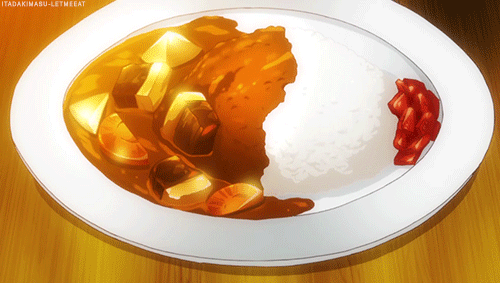
Curry Rice
The national food of Japan isn’t Japanese, it’s “British” curry rice. At least, it counts as British because they brought it to Japan via the Royal Navy. It was first introduced to Japan in 1872. The original recipe called for — I swear I am not making this up — curry powder, negi onions, garlic and frog meat.
Omurice
We’ve all seen delicious scenes of omurice in anime, an omelet served over rice, usually with a heart drawn over the top with ketchup. It was created by a chef at a famous restaurant in Ginza called Rengatei in 1900.
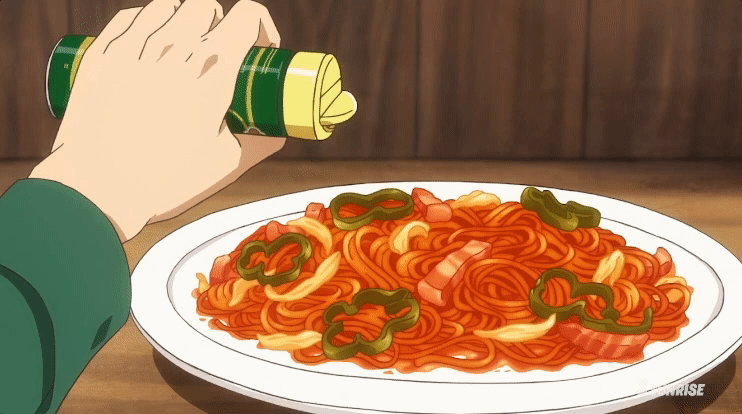
Napolitan Spaghetti
A Japanese pasta dish with a unique history, “Naporitan” (yes, this is the name Wikipedia calls it) is a simple dish made from few ingredients, just spaghetti, tomato sauce or ketchup, onions, green peppers, sausage or ham, and Tabasco sauce. It was created during the Allied Occupation because it could be made with food that was distributed by the U.S. military. According to Mrs. J-List, it’s required to sprinkle Kraft parmesan cheese over the top before you eat it.
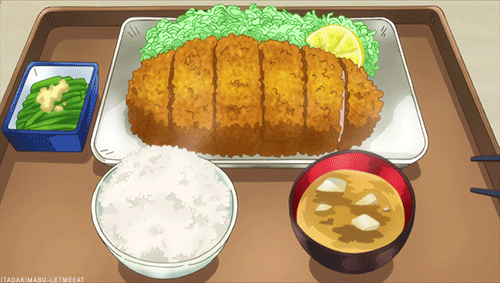
Katsu (Pork Cutlet)
There’s an interesting rule about imported Western words: the more strange it sounds to us now, the longer it’s been in use. Some examples are ビフテキ bifuteki, a corruption of “beefsteak”, Hayashi Rice, a stew made with “hashed” beef, which got shifted to the Japanese name Hayashi, or 珈琲 koohii, aka coffee, which has been in Japan so long it has kanji assigned to it. (The use of katakana for foreign words is largely a postwar development.)
A similar word is katsu (from カツレツ katsuretsu), a fried cutlet, usually pork but sometimes made of beef or chicken. It’s one of my favorite foods, and J-List’s home prefecture of Gunma is famous for it. An interesting offshoot is katsu-sando, or a pork cutlet sandwich, which was designed so that geisha could eat it without messing up their make-up. They sell them at Seven-Eleven.
Since katsu phonetically means “to win” in Japanese, pork cutlet is a favorite food for parents to serve children the day before a big test. Just like Japanese Kit Kats…
Korokke
Japan’s take on French croquettes are heavenly, and we eat them all the time. The ones I enjoy the most are the curry-powder infused croquettes sold by Matsumoto Nikuya, a butcher shop in our city. Koreans also love korokke, and if you have any Korean bakeries near you, you might be able to find some croquettes to try, too.
Incidentally, one of the best gifts from Japan is the sauce shown above, called tonkatsu sauce or just “sauce.” It’s awesome, great on croquettes or katsu, and we have it in stock on our shop.
Hamburg Steak
In Japanese, a hamburger is defined as ground beef with a bun around it, while a “hamburg” is a steak made of ground beef by itself, e.g. a Salsbury steak. Similarly, a frankfurter is supposed to have a bun around it, while a “frankfurt” is the same thing (e.g. a hot dog) without the bread.
Hamburg steaks are a cornerstone of the Japanese diet because they’re delicious and cheap. While a true steak dinner is a treat for a special occasion, hamburg steaks are affordable and can be eaten any time you like.
Your Favorite Western Japanese Food
So, how many of these Western Japanese food hybrids have you tried? Which do you want to try? Let us know on Twitter!


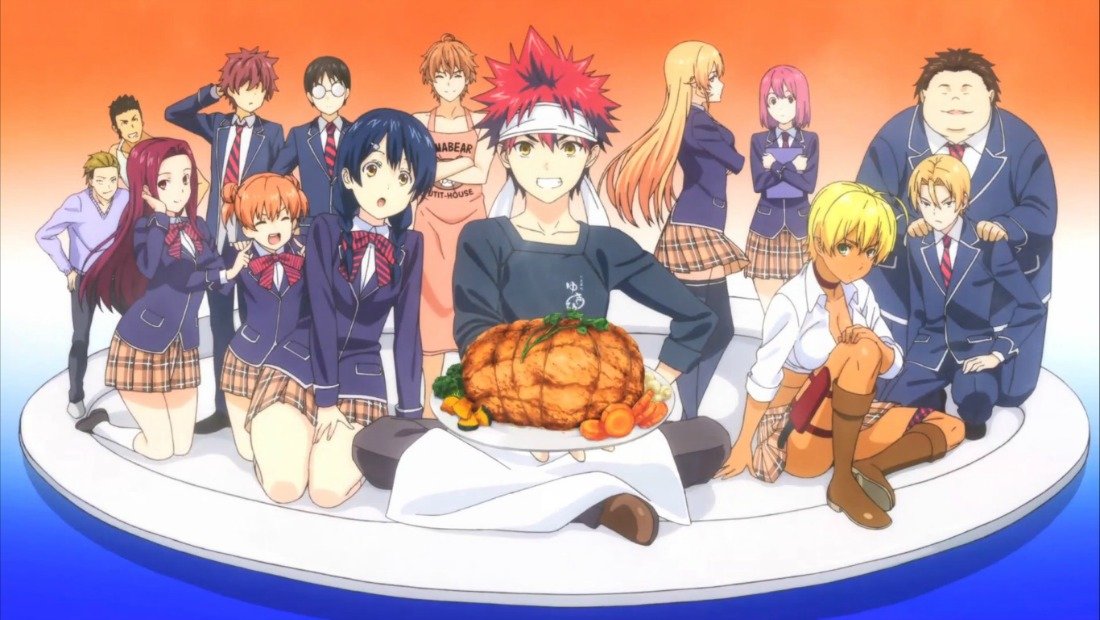
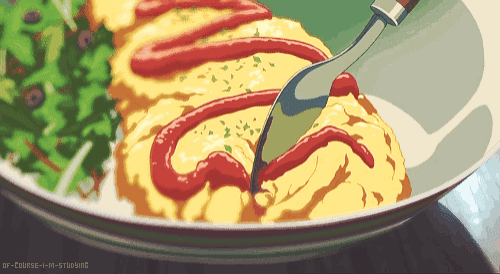
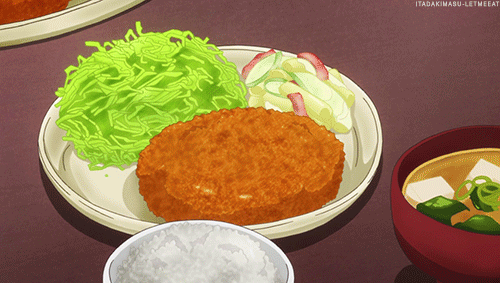
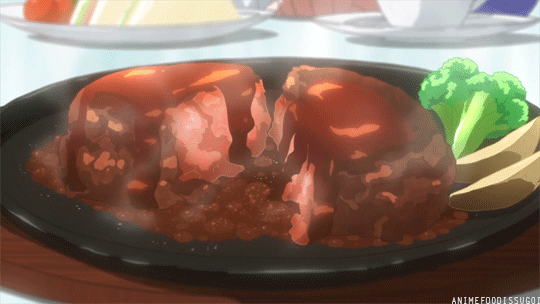


![Sawaranaide Kotesashi Kun Episode 12 [END] Featured Image](https://blog.jlist.com/wp-content/uploads/2025/12/Sawaranaide-Kotesashi-kun-Episode-12-END-Featured-Image-120x86.jpg)










